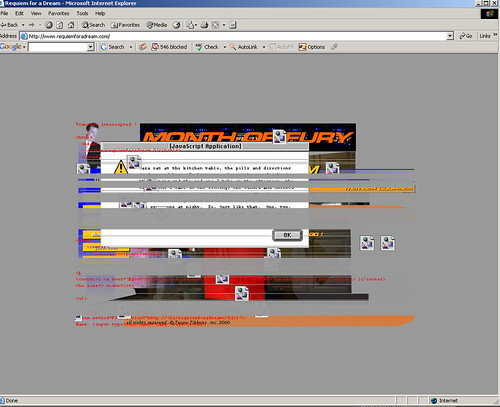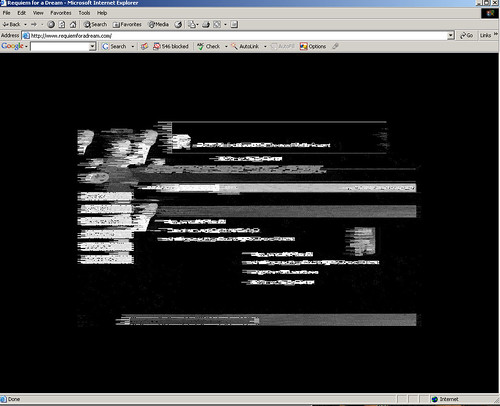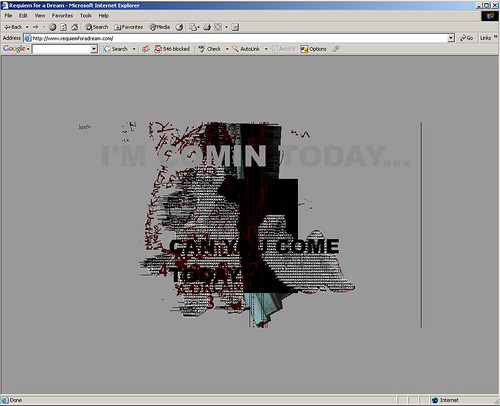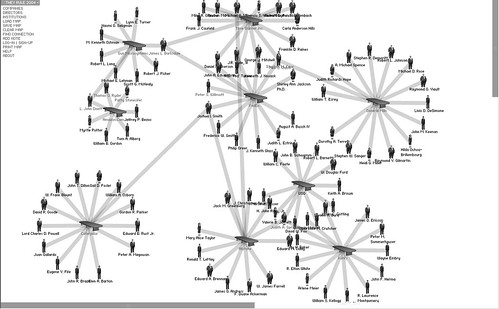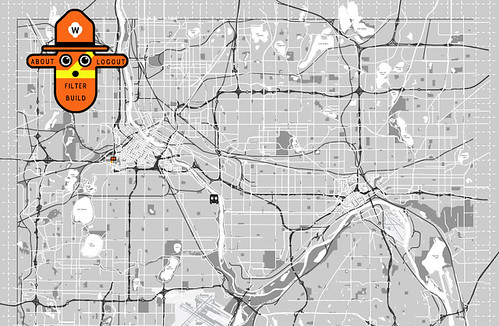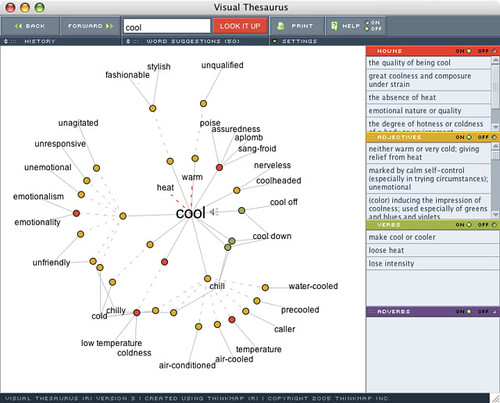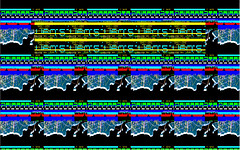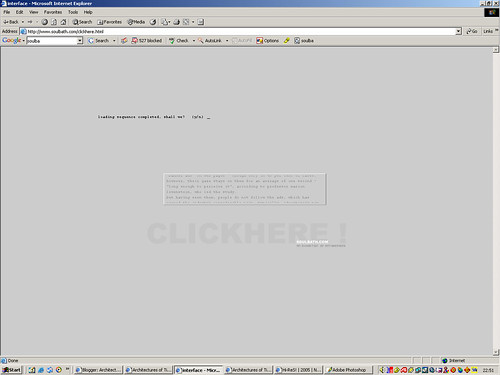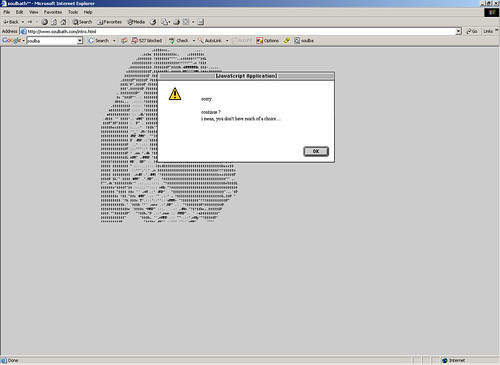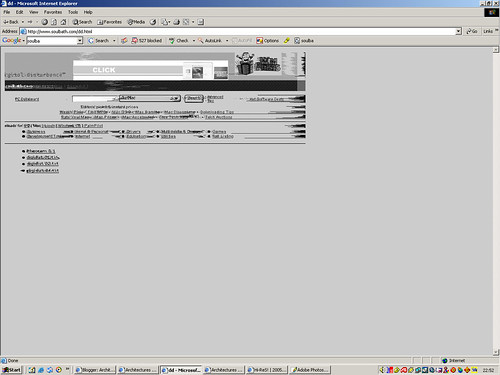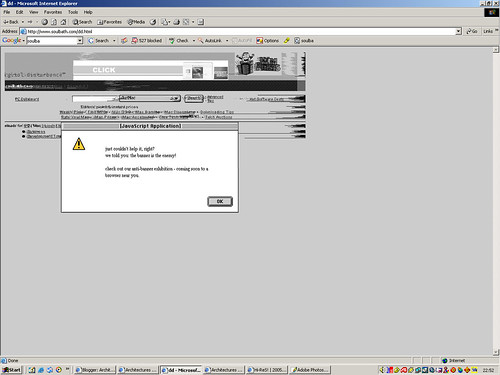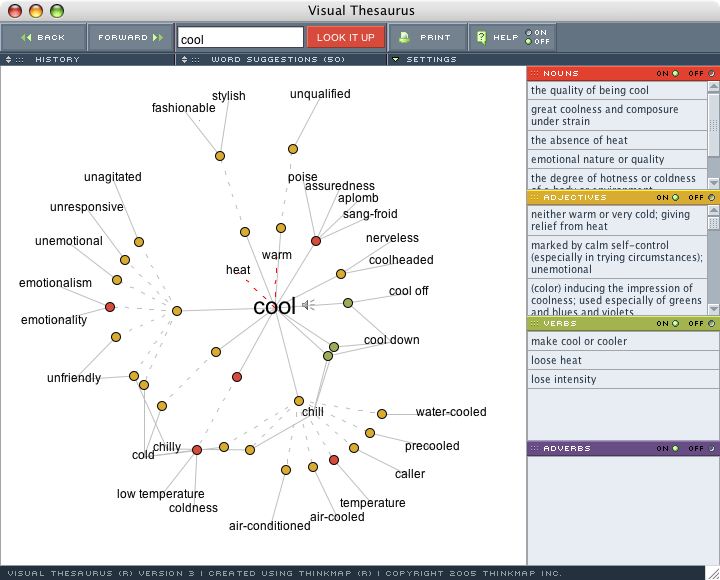 Heath Bunting
Heath Bunting is a british artist, currently residing in Bristol. Another of the co-founders of the net.art movement Bunting's works tend to deal with political issues such as CCTV surveillance in our towns and cities, Network Collision research in conjunction with CERN as well as a number of anti-corporate campaigns.
Heaths projects are often internet based and usually rely on people from across the globe participating or signing up.
Projects such as the
'Cultural Terrorist Agency' have been undertaken to tackle large corporations, that are usually left alone due to their enormous bank balances and the power they can be used to obtain.
Both of my artists, unlike those researched by Nicola, seem to have their own personal agendas but these are not easily represented to those outside of the net.art community.
That being said, after reading an
interview between Heath Bunting and Josephine Bosma, Bunting's motivations are clearer.
The article ask the question, "Street Artist, Political Net Artists or Playful Trickster ?" about Bunting and the interview itself seems to define him as a bit of all of them.
He made his mark on the streets with his
chalk tagging works (which he describes as being, "scratches and scriblings of a roaming irationalist.").
The
Status Project which is described by
Rhizome.org as being a project which " consists of a database of Do-It-Yourself strategies to meet the bureaucratic requirements for the possession of official identification – from birth certificates to passports -– allowing its users to create or dissolve identities as well as to merge two different peoples’ identities. Large-scale prints plot a user’s official status creating maps not based on residency, citizenship or birthright but on mobility."
This project as well as the
Tate Modern sponsored
BorderXing, which is only accessable from a number of registered client systems across the globe and looks at the journeys taken across international borders without interference from border patrols, customs or imigration, shows his political stand point and his views on society and each of its' different classes and structures.
As for being described as a playful Trickster? This side of Bunting comes across in the majority of his works. His
CCTV Sabotag project uses large format prints of people obscuring themselves whilst in the gaze of a CCTV camera. The project plays on the perspective that the camera must view the scene from. It is clear to someone physically present at the scene that the 'person' is really just an image placed on the ground.
So Heath Bunting comes across as an intellectual prankster - using his artistic talents to create projects that both entertain and inform, documenting social networks and the various structures within them.
